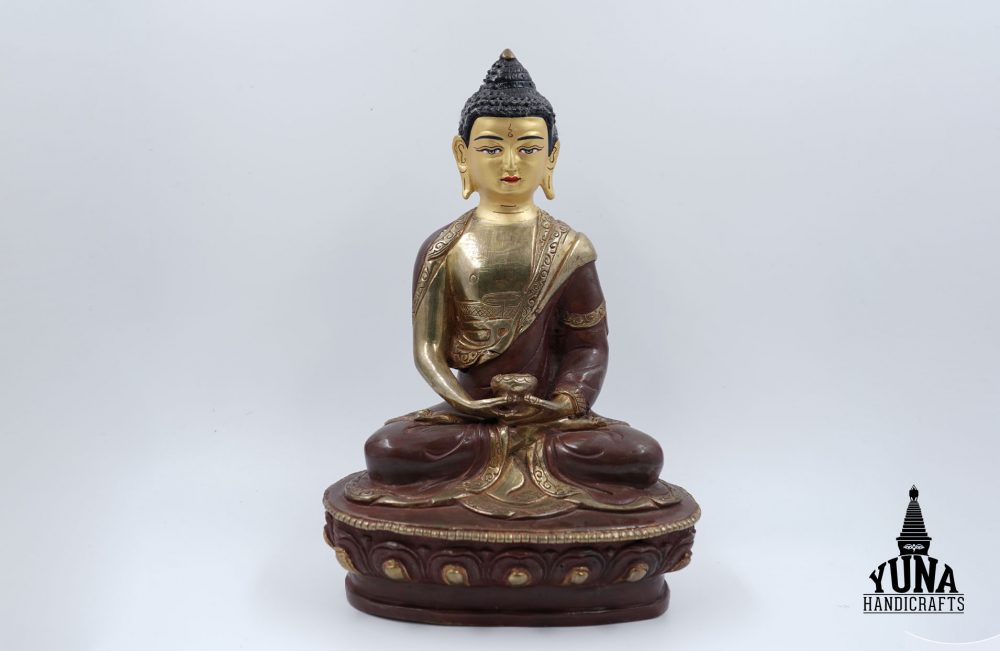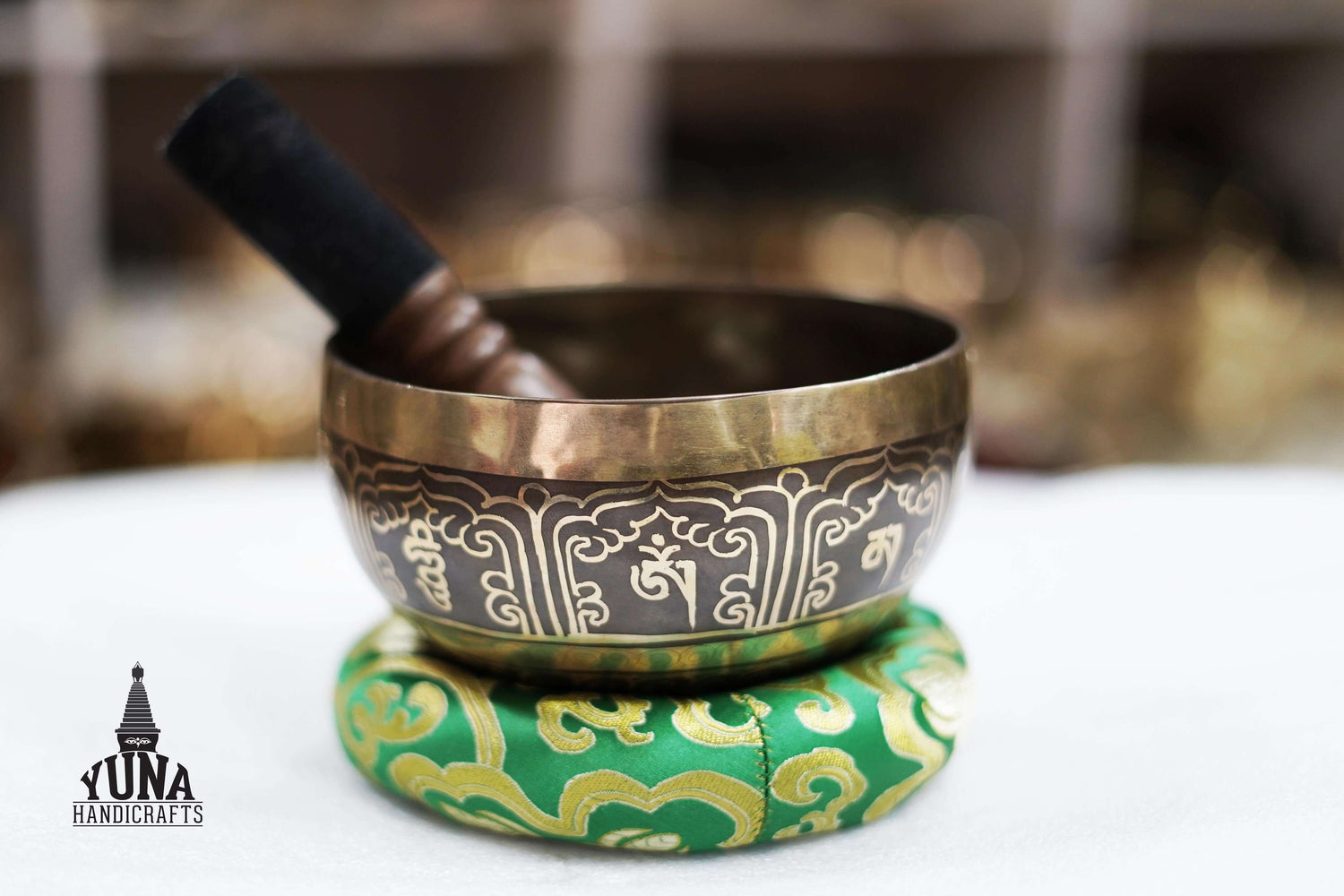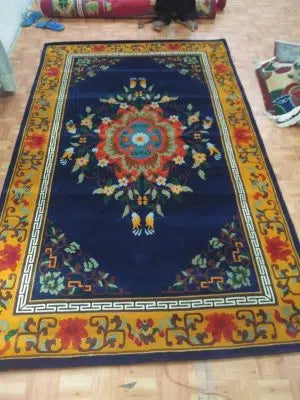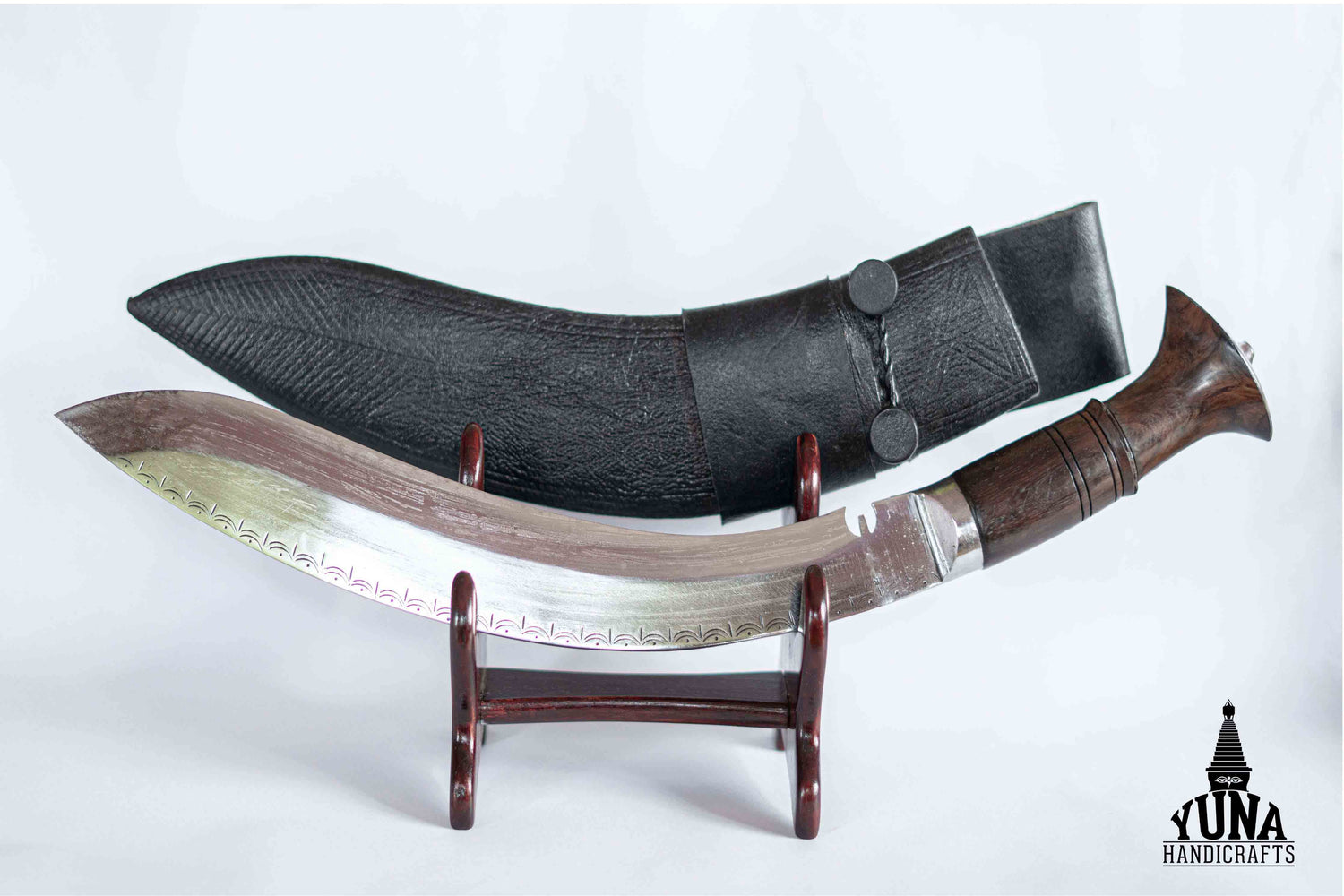
How to hang prayer flags?
Symbol and Images in the Prayer Flags
Each colored prayer flag carries the image of a wind horse with three sacred jewels symbolizing the Buddha, his teachings, and the Buddhist community. Surrounding the horse are traditional mantras honoring various deities. The four corners display strong animals—Dragon, Tiger, and Garuda, each representing strength, capacity, and power.
Hanging the Prayer Flags
Before hanging prayer flags, one should cultivate positivity and a selfless mindset. The Sanskrit phrase “Yad Bhaavam Tad Bhavati” (“As is your inner thought, so is the manifestation”) emphasizes the importance of intention. Prayer flags can be hung not only in spiritual spaces but also at home, on walls, study tables, or even on vehicles, where their presence brings peace and clarity of mind.
Auspicious Time to Hang the Flags
Traditionally, flags are best raised on Mondays and Fridays. Hanging them on auspicious lunar days, such as the full moon or new moon, brings added prosperity. During solar eclipses, the benefits are believed to multiply 100 million times, and during lunar eclipses, 7 million times.
Inauspicious Time to Hang the Flags
Certain days influenced by Baden Senpo, a demonic presence in Buddhist belief, are considered unfavorable for hanging prayer flags. During these times, flags may attract negativity. It is advised to consult traditional Tibetan calendars to avoid inauspicious dates.
How to dispose of the prayer flags?
Burning
Because the flags are sacred, they should never be discarded carelessly. Instead, they should be burned respectfully, ensuring they do not touch the ground.
Naturally
Flags may also be left to fade and disintegrate naturally, embodying the Buddhist teaching of impermanence—nothing lasts forever.
Bring Down the Prayer Flags
When removing old prayer flags, they should be kept together to preserve the balance of the five elements until their respectful disposal.
Tibetan prayer flags are believed to spread blessings, purify the air, and carry prayers wherever the wind blows.










